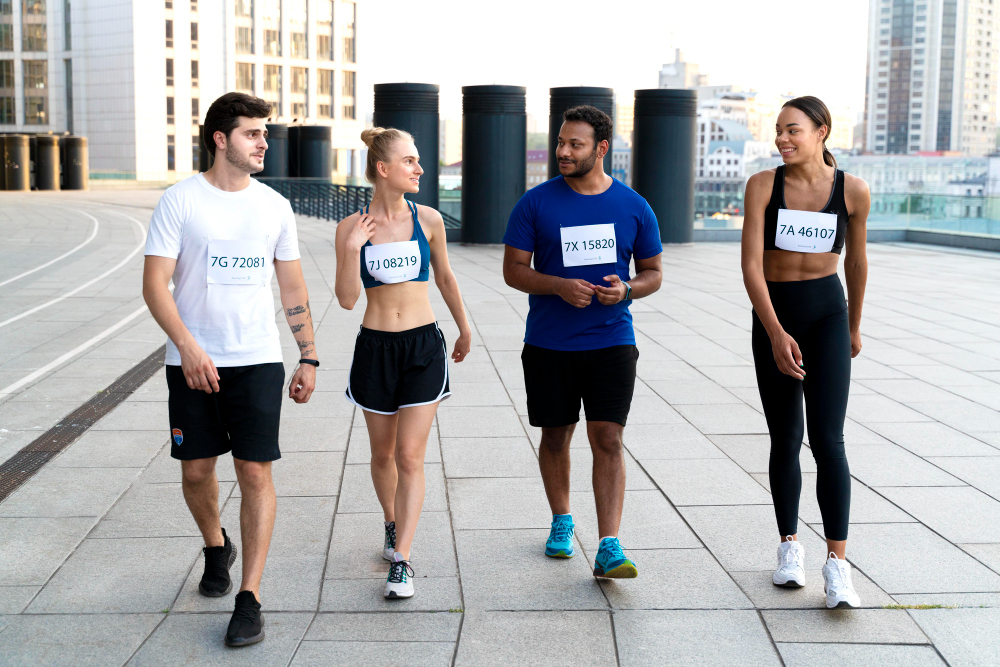Beginners’ 5K and 10K Training Plans
A great approach to losing weight, getting in shape, and setting a long-term fitness goal is to run 5K or 10K. Even if you have never run before if you are sharp about your preparation you can finish a 3.1-mile (5K) or even a 6.2-mile (10K) event.
Deborah Brooks, a coach who has earned certification from the Road Runners Club of America claims that many beginning runners take on too much and underestimate the time commitment required to prepare for a race. Burnout and underperformance are the consequences of this. When an amateur decides to begin her race preparation, where should she begin?
Choose a race. Join an event so that you have something to strive for.
Set a target for the race. Make sure the goal is reasonable and appropriate for your level of fitness. For instance, setting the goal of finishing the race preferably with a smile on your face. If you have never run one before, is still a reasonable, albeit challenging target.
Give yourself adequate time to get ready for the occasion. Budget three to four months for training if you are a new runner, with your goal race finishing off the final prep week.
Choose a training program that is appropriate for your experience. One training schedule does not fit all, so runners should utilize this one as a starting point before customizing it based on their running history, past injuries, level of fitness, and time constraints advised Brooks. What you should remember: As a guide, use a training schedule, but be prepared to be adaptable.
Prepare for Your First 5K Run in 15 Weeks
Given that it incorporates run-walk intervals, this training schedule is ideal for those who are just starting in the sport of running. Runners steadily increase their running time during the 15-week timeframe, going from 10 to 15 minutes in the first week to 30 minutes in the last week. No matter the distance, each week includes 1 day of relaxation, which is crucial for recuperation, and 3 days of walking or cross-training, which prevent runners from being burnt out.
The ideal strategy for getting ready for your first 5K race is Galloway’s. Galloway’s method of training emphasizes the time spent finishing each session rather than just the number of kilometers covered. Every Sunday, there is one exception, runners will experience what it’s like to complete a particular distance. The week before, the 5K runners will gradually increase their mileage until they have reached a comfortable 4-mile distance.

Prepare yourself for your first 10k IN 13 Weeks
Galloway’s 13-week 10K training plan prepares runners for the 6.2-mile course and may be used by individuals who have completed their first 5K and are ready for the next challenge or by beginners who can run for 20 minutes without stopping. Just like the 5K plan, this training schedule emphasizes time spent running rather than mileage most days. There are also 3 days for cross-training or walking, 1 day of rest, and 1 day that is dedicated to covering a specific distance.
Over 13 weeks, runners will progress from 2 miles to 7 miles, peaking 3 weeks before the race. occupational health Galloway strongly advises consuming an energy bar about an hour before exercising to enhance your blood sugar as the runs become longer each week. Additionally, he suggests that runners always hydrate themselves when they are thirsty.

